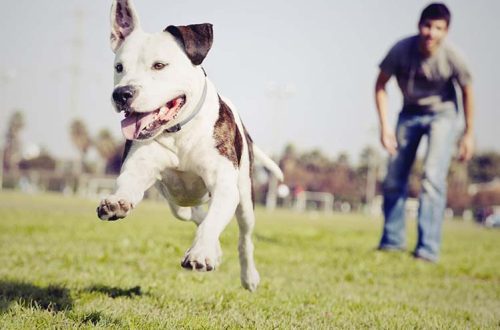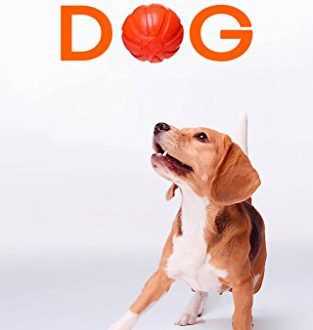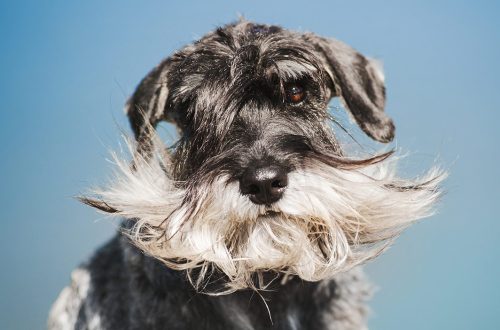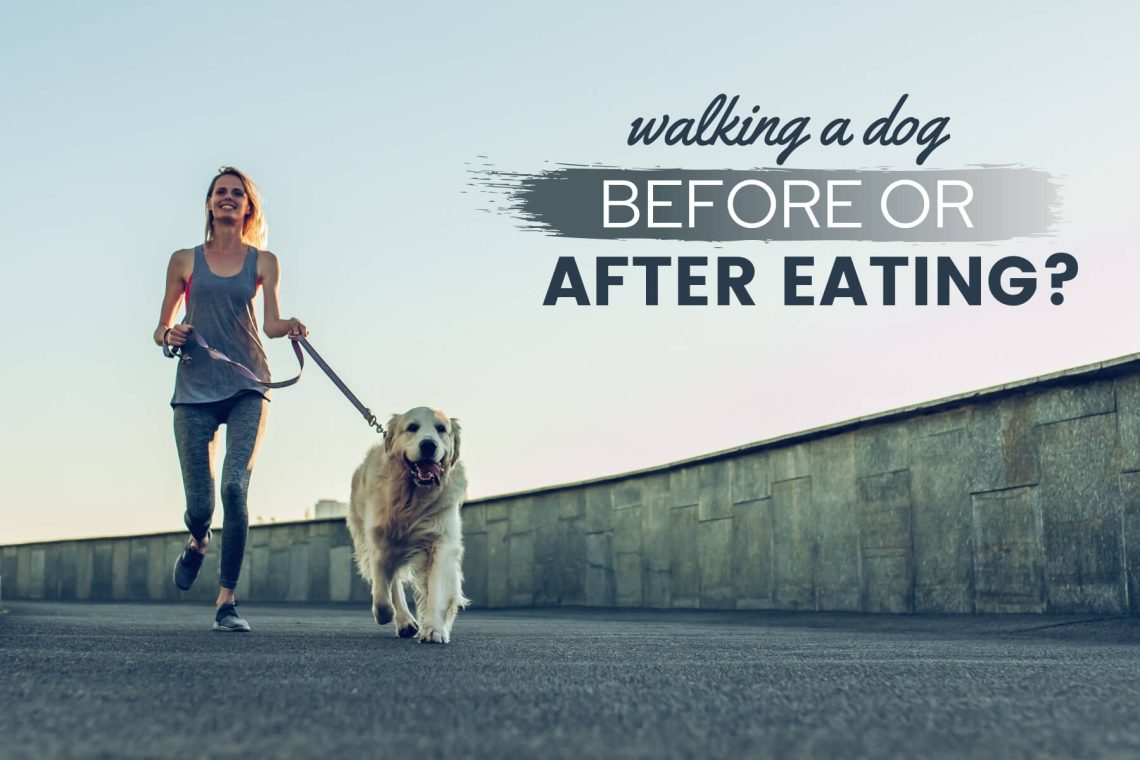
When to feed a dog: before or after a walk?
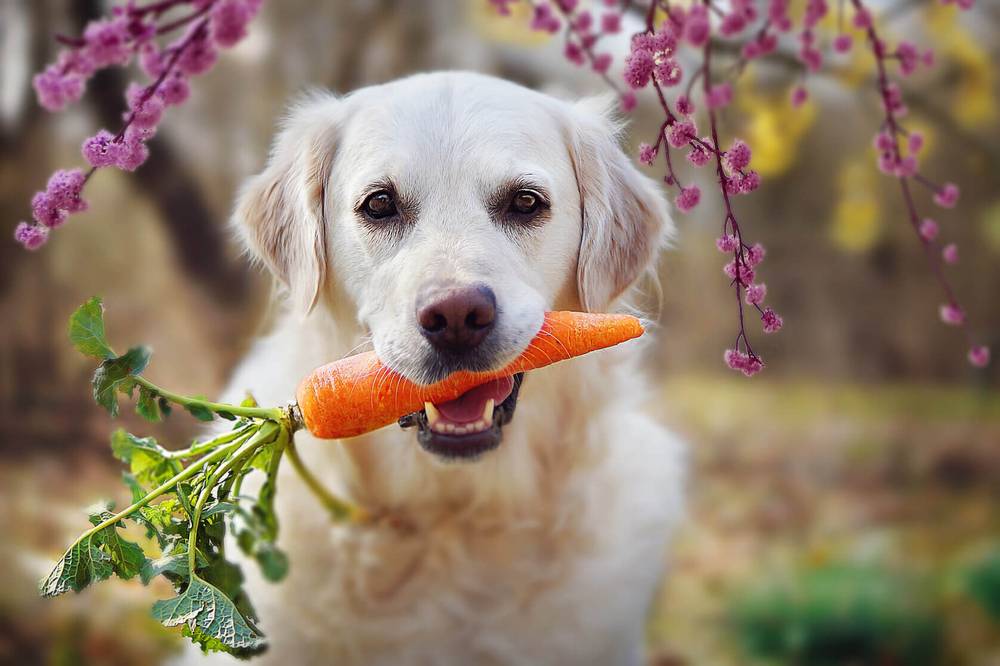
Contents
How is digestion in dogs?
A feature of the digestive system of a dog as a carnivore is its adaptability to the processing of meat, bones and the cartilaginous part connecting them.
The digestive process of a dog looks like this:
Food crushed by teeth (as well as whole pieces) enters the stomach through the esophagus;
Thanks to the special enzymes contained in the stomach, protein digestion occurs in it;
The contraction of the walls of the stomach helps the food that has entered it to mix, turning into a mushy mass (chyme), and move further to the small intestine;
In the duodenum, by means of the enzymes secreted by the intestines (catalysts) and the pancreas (insulin, enters the blood and regulates sugar in it), the digestion of food is completed;
At the same time, bile is produced by the liver, which follows from the gallbladder to the intestines. Bile is what gives dog feces its characteristic color;
During the above processes, nutrients from food are absorbed into the body of the animal;
Water is absorbed in the large intestine, and the remains of undigested food and inorganic elements accumulate in the rectum, from where they are excreted in the form of feces through emptying.
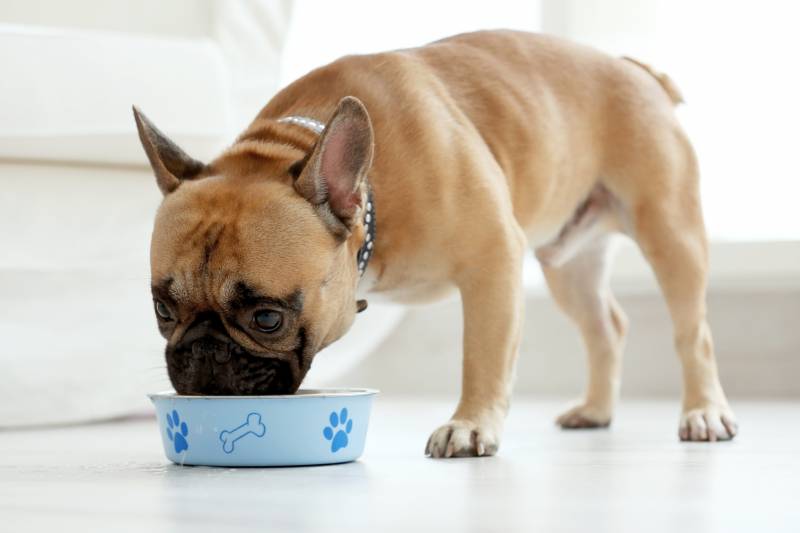
Remarkably, the dog’s digestive process stimulates a copious secretion of saliva, which contains the germ-destroying substance, lysozyme. Thanks to him, the mucous membrane of the mouth inside will not become inflamed from cuts by bones.
In open nature, the dog is a predator. Hunting for prey may not be successful for a long time; when lucky, the dog needs to eat properly so that the feeling of satiety does not leave as long as possible. The dog’s stomach is adapted to this, confirmation of this is its strong stretching and contraction.
Unlike herbivores and humans, a dog’s shorter intestine does not have time to digest whole plant foods. Despite this, vegetables and fruits are necessary for the pet. Especially in the warm season. They are also important as an additional load on the intestines, as well as to enhance its contractions (peristalsis). In addition, the fiber that forms the basis of plant foods is partially broken down in the blind section of the intestine.
For normal assimilation of food, the passage of the digestive tract must be fast enough. Three peristaltic components are responsible for this:
active form – is realized through a strong stretching of the stomach and intestines;
background form – inherent in the dog’s intestines even in the absence of food in it and if the dog is sleeping;
Reinforced form – carried out during the movement of the dog due to muscle work.
Consider how a predator feeds in its natural environment. The dog catches prey and eats it. Large swallowed food causes the stomach to stretch, after which an active contraction of the intestine begins. While these processes are taking place inside, the dog is at rest, almost motionless. Gradually, the proportion of digested food increases, while the dog’s stomach contracts and a large part of the intestinal contents is released. After that, the dog resumes motor activity, due to which the remaining food is absorbed. When the digestive tract is empty, the stomach shrinks as much as possible and a feeling of hunger sets in – the predator is again ready to hunt and absorb fresh prey.
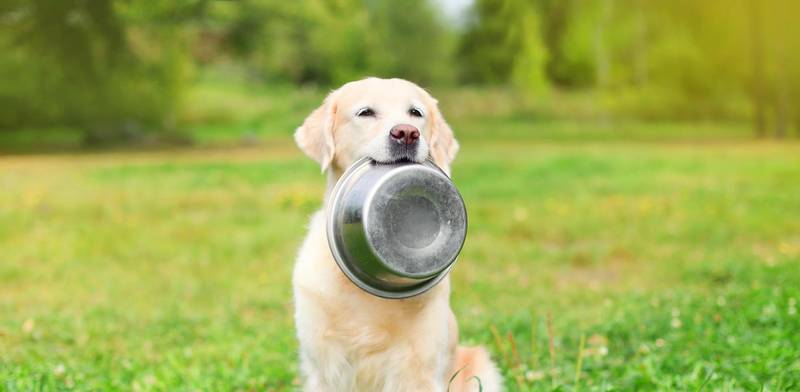
Given these features inherent in the digestive system of a dog, it is not necessary to feed it before a walk, it is better to do it after. It is very important to properly distribute the load: so, after feeding the dog, give it time to rest and digest food. Then complete rest should replace the easy promenade in a calm mode, after which, when the pet’s stomach is empty, it’s time for physical activity and stress.
It is important to understand that vigorous exercise and play right after a meal is detrimental to a dog’s health. It was lucky if the pet escaped with only spitting up food, in deplorable cases, the stomach twists and more serious consequences occur. At the same time, do not forget about exercise, without which food is less digested and indigestion is possible.
What happens to a dog’s body during a walk?
Walking is important for both your dog’s physical and emotional health, so regular walks are essential. Consider the most important processes that occur with the dog’s body during walks.
From the point of view of the physical health of the pet, the following can be noted:
oxygen saturation of the blood when exposed to fresh air;
development and training of the muscular system and the whole body during running and games;
stimulation of the gastrointestinal tract due to the involvement of muscles;
strengthening the nervous system through muscle activity;
improving the functioning of the joints and preventing their diseases due to physical activity;
avoid obesity and constipation by running and jumping in the fresh air;
bowel and bladder emptying.
The benefits of walking for digestion begin after the food from the stomach has entered the intestines and useful elements have begun to be actively absorbed into the blood. This happens 3 or 4 hours after eating, then (until complete digestion) you can go for a walk with the dog. Be sure to start with a leisurely exercise and later move on to active games and training.
Walking is also an integral part of the psycho-emotional state of a four-legged pet. During them, the dog interacts with the outside world, learns to perceive strangers, other animals, birds, objects and smells. Socialization is an important aspect of pet development and health.
When is the best time to walk your dog: before or after meals?
Given the peculiarities of the dog’s digestive system, we can conclude that it is better to arrange walks before starting to feed the animal. Several points speak in favor of this:
On walks, the dog likes to be active – run, jump, play, and this cannot be done immediately after eating. Big problems with the stomach are possible, up to volvulus and severe pain.
When active on a full stomach, the load on the pet’s cardiovascular system increases, since in a full state, the usual manipulations are harder and require more energy to implement.
A walk, which usually brings joy and satisfaction to the pet, will become painful for the dog himself if arranged after eating. The dog will get tired more than usual, will feel heaviness, and not the pleasure of walking.
Walking on an empty stomach will allow the dog to release the accumulated energy as much as possible, run and jump around and, of course, work up an appetite. Having realized all its walking potential, the dog will quickly rush home, pretty hungry. So both the owner and the pet will be satisfied.
Accordingly, it is not necessary to feed the dog before a walk. An exception may be individuals suffering from diseases such as diabetes or hypoglycemia.
When to walk a puppy?
Walks with an adult dog should be properly arranged before feeding, which is usually two meals a day (morning and evening), as well as in the afternoon, 4-6 hours after breakfast. During walks, the pet goes to the toilet – normal bowel movements also occur twice a day.
With young dogs, the situation is a little different: depending on the age of the baby, the number of feedings can vary from two to six. Let’s try to figure out when to walk a puppy – before or after a meal.
The new owner should be aware that the dog is taught to go to the toilet in the fresh air during walks from childhood. Gradually, the puppy should get used to two bowel movements – in the morning and in the evening. However, unlike an adult, at first the baby cannot restrain the desire to defecate, and it is impossible to force him to endure for a long time – otherwise the colon may become inflamed and cystitis may develop. Therefore, it is worth observing the behavior of the puppy and walking him both before and after meals, when he needs it.
In very young puppies who have just started to go out, after eating, the urge to go to the toilet works quite quickly. This is facilitated by frequent meals in small portions (4-6 times a day). Since the time between feedings can be 4 hours or even less, walking the puppy a few hours after eating (as with an adult dog) is not possible.
To sum up: walks can be arranged before or after it’s time to feed the puppy. After eating, he will be able to go to the toilet outside the house, not endure for a long time and do not harm his health. The main thing is to follow a few simple rules: choose a quieter place for a walk and do not start running and active games on a full stomach. However, on an empty stomach, in addition to going to the toilet, the baby will be able to enjoy plenty of time in the fresh air, run, jump and adapt to the world around him. Therefore, it is worth gradually accustoming the baby to the adult schedule: morning and evening walks with going to the toilet.
Basic dog walking rules
For a four-legged pet, walks and outdoor activities are a must. Consider the basic rules that dog owners should follow.
Formation of the regime
One of the important components of a healthy lifestyle for a pet is a routine. This applies to food, and walking, and going to the toilet. In order for the ward to be in excellent physical shape and in a good mood, the owner needs to accustom him to the daily routine from the first days.
Most often, breeders choose morning and evening hours for walking and feeding – upon waking up and before leaving for work or training, as well as upon returning home. The duration of walks and their number increases on weekends, when the owner can physically devote more time to his ward.
Unlike an adult, a baby requires more frequent walks due to learning to go to the toilet on the street. It is enough to give them 15-20 minutes. Over time, the young pet is transferred to an adult mode and walked twice a day. During these walks, he must empty his bowels and bladder.
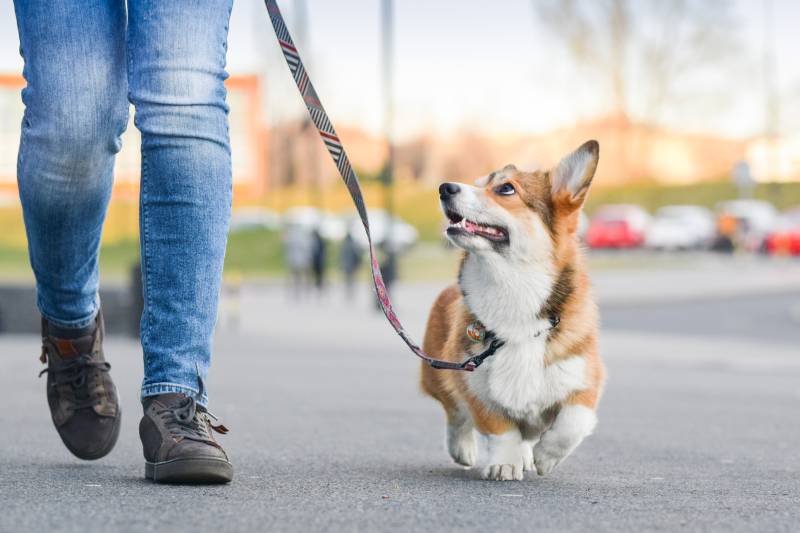
The order of walking and feeding
The formation of a daily routine is a mandatory item in the life of a four-legged friend. According to the recommendations of veterinarians and experienced breeders, the dog’s daily routine should look like this:
In the morning – a half-hour or hour (if possible) walk. At this time, the pet gets rid of the remnants of dinner (overcooked food) – goes to the toilet “in a big way.”
Morning feeding after a walk (with a standard diet twice a day).
15-20 minute daily walk to empty the bladder.
In the evening – exercise, as well as active games and physical activity, training. Longer exposure to fresh air with concomitant pet training.
Evening feeding upon returning from the street.
Length of stay outside
In the morning, you can take a shorter walk – 30-60 minutes is enough, and in the evening you should devote more time to it – from an hour or more (the longer the better).
By adding three more short trips to the yard (for 10-15 minutes) to the two main ones (morning and evening), you will give the pet the opportunity to warm up a little in the fresh air and empty the bladder. Unlike two bowel movements, normal four-legged pets can urinate up to five times a day.
Saturation of the walking program
The activity of the walk is influenced by the characteristics of the animal – its breed, age and state of health.
For example, individuals of hunting and fighting breeds need longer walks. To keep them fit and healthy, they need at least four hours of fresh air, during which they must exercise and engage in active play.
Approximately the same amount of time outdoors is required for young animals. In addition to games, running and jumping, their owners should not forget about training.
As for the elderly and ornamental breeds, we can limit ourselves to a two-hour exercise. With age, it becomes more difficult for animals to show physical activity for a long time, so you should not overwork them.
If there is a risk of overheating or frostbite, it is better to return home as soon as the pet has relieved itself. In cold weather, it is recommended to put on special clothes for your pet so that he feels comfortable.



